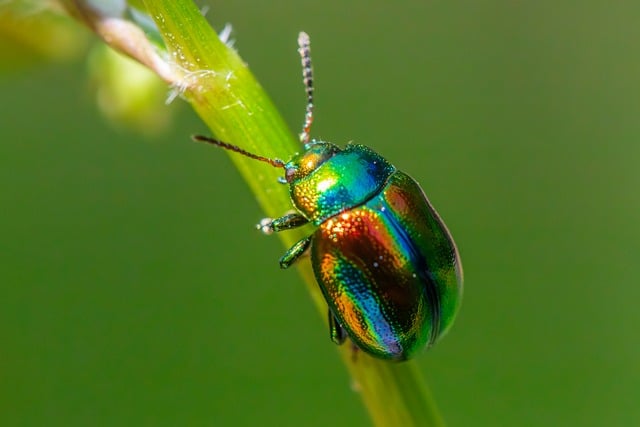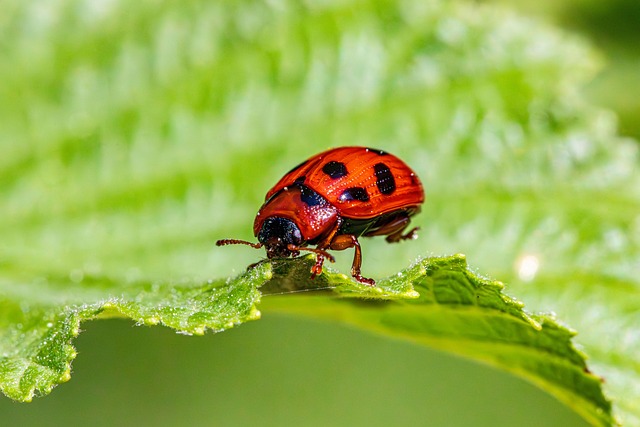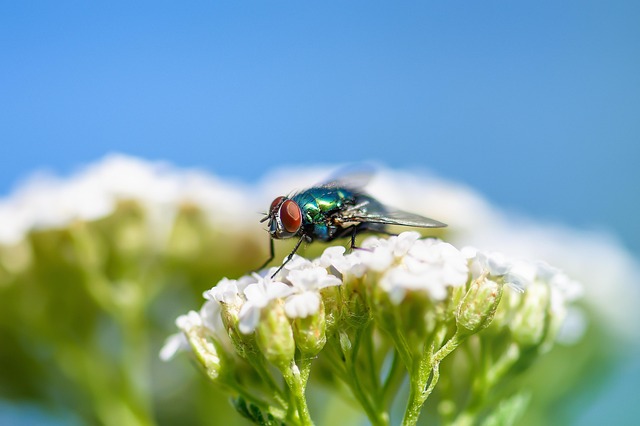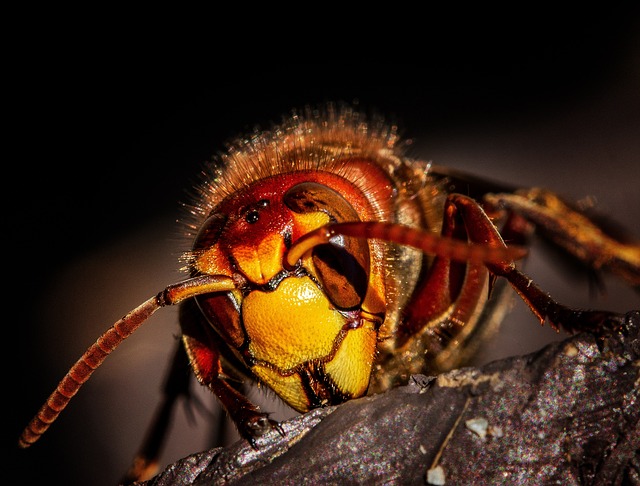Identify spider infestations in Littleton homes by checking for webs, silk threads, and increased daytime activity. Exclude raccoons through inspections and sealing entry points, using one-way devices or specialized treatments. Prevent future spider issues by sealing cracks, gaps, and damaged screens, keeping home clean, and using natural repellents. Act promptly upon spotting signs of infestation to maintain a pest-free Littleton home.
Are you dealing with an unwelcome visitor in your Littleton home—a spider infestation? Recognizing early signs and understanding spider behavior is crucial for effective pest control. This guide delves into the intricacies of spider identification, offering insights on how to spot their presence. We explore exclusion strategies, providing a step-by-step approach to eliminate spiders and prevent future infestations. By implementing these measures, you’ll gain control over your home’s environment and say goodbye to these eight-legged intruders.
- Recognize Spider Behavior and Signs Inside Your Home
- Understanding Raccoon Exclusion Strategies for Effective Pest Control
- Implementing Prevention Measures to Avoid Future Infestations
Recognize Spider Behavior and Signs Inside Your Home

If you suspect a spider infestation in your Littleton home, it’s crucial to understand their behavior and signs. Spiders are nocturnal creatures, often hiding during the day and becoming active at night. They typically enter homes through small cracks, gaps around windows and doors, or by hitching a ride on pets. Look for telltale signs like webs, especially in dark corners, behind appliances, or along ceiling edges. Spiders also leave silk threads when they move, so keep an eye out for these strands connecting walls or floors.
Regularly inspect your home, focusing on areas with potential entry points. If you notice an increase in spider activity or see them during the day, it could indicate a significant infestation. Understanding their behavior will help guide your next steps in creating an effective pest control and exclusion plan.
Understanding Raccoon Exclusion Strategies for Effective Pest Control

Raccoon exclusion plans are crucial for effective pest control, especially when dealing with these elusive creatures in residential areas like Littleton. Understanding their behavior and habits is the first step. Raccoons are known to seek shelter in attics, walls, or crawl spaces, often entering through small openings or gaps in a home’s exterior. They leave behind distinct signs of their presence, such as tracks, droppings, and distinctive scent marks.
To identify a spider infestation in your Littleton home, pay close attention to these cues. Regular inspections can help you pinpoint problem areas and guide the implementation of effective exclusion strategies. This may involve sealing entry points with weatherstripping or metal sheeting, installing one-way exclusion devices, or using specialized treatments to discourage raccoon activity. By combining these methods, residents can ensure a secure home environment, deterring unwanted visitors while maintaining a healthy and pest-free living space.
Implementing Prevention Measures to Avoid Future Infestations

Identifying and preventing a spider infestation is key to maintaining a pest-free home, especially in areas like Littleton where these arachnids are common. To avoid future infestations, it’s crucial to understand how they enter your property. Spiders typically seek shelter and food sources, so checking for common entry points is essential. Look for cracks in foundations, gaps around doors and windows, or damaged screens—these are all potential routes for spiders to access your home. Regular inspections and sealing these areas with appropriate materials can significantly deter them.
Additionally, maintaining a clean and clutter-free environment is vital. Spiders are attracted to dark, undisturbed spaces where they can build webs and lay eggs. Keeping floors and surfaces clear, eliminating hoarded items, and properly storing seasonal items can make your home less appealing to spiders. Using natural repellents like citrus scents or essential oils around entry points may also help as a non-toxic deterrent. By combining these prevention measures with prompt action if you do spot signs of an infestation, you’ll be well on your way to keeping spiders at bay and enjoying a pest-free Littleton home.
Understanding raccoon behavior and implementing effective exclusion strategies are key steps in pest control. By recognizing signs of an infestation, such as spider activity, and taking preventive measures, homeowners in Littleton can effectively manage and avoid future issues. Remember, early detection is crucial, so stay vigilant and take action promptly to ensure a pest-free environment.
